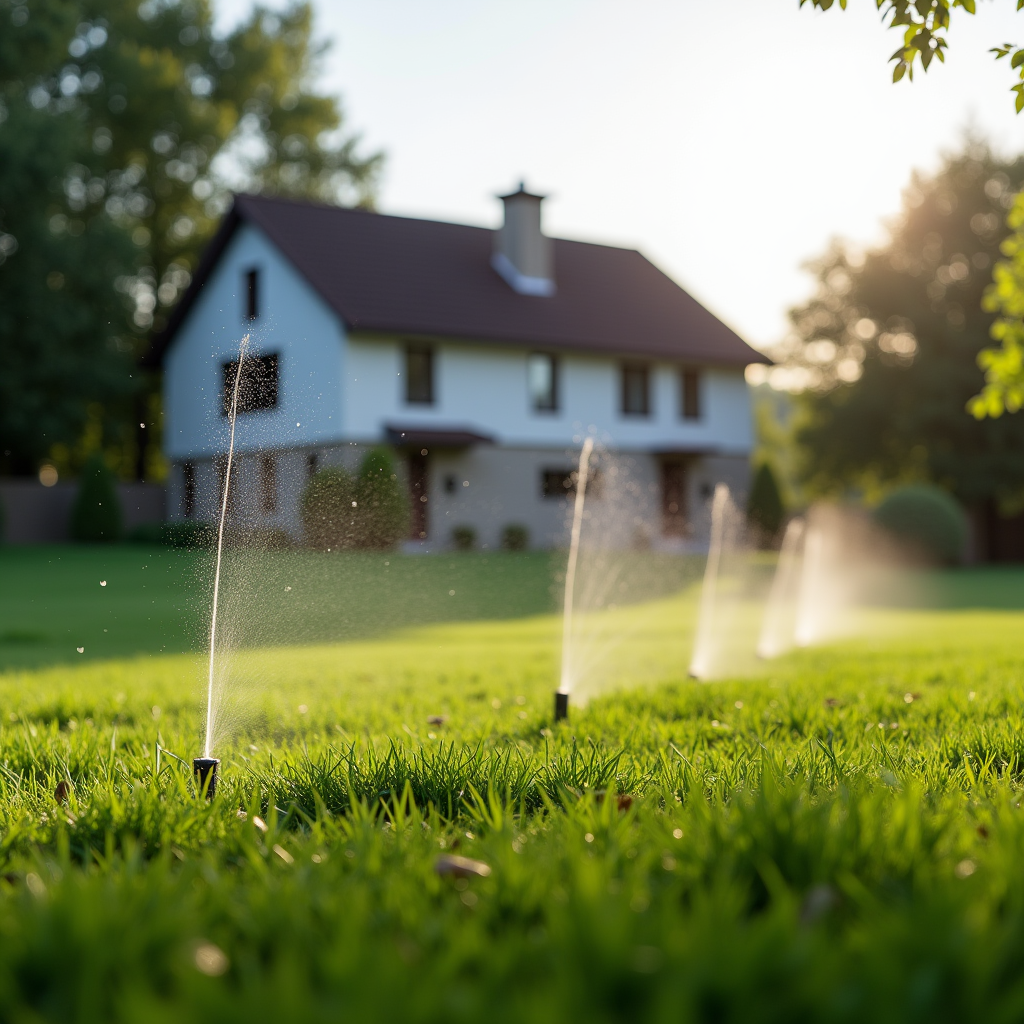Introduction
Choosing the right grass type for your lawn can be a daunting task, especially in a picturesque place like Stokesdale, North Carolina. With its unique climate, soil conditions, and local flora, there’s no one-size-fits-all approach when it comes to landscaping. This guide will help you navigate through the vast array of options available, ensuring you select a grass type that not only thrives in your environment but also complements your lifestyle.
In this article, we’ll explore various aspects of choosing the right grass type for your Stokesdale lawn. We’ll break down everything from climate considerations to maintenance requirements, ensuring you make an informed decision. So let’s dive into how to choose the right grass type for your Stokesdale lawn!
How to Choose the Right Grass Type for Your Stokesdale Lawn
When it comes to selecting grass for your lawn in Stokesdale, several factors come into play. You need to consider climatic conditions, soil types, and even your personal preferences.
Understanding Climatic Conditions in Stokesdale
Climatic conditions are vital when it comes to choosing grass types. In Stokesdale:
- Temperature Range: Summers can get quite warm while winters can be mild. Rainfall: The area experiences moderate rainfall throughout the year.
This means you'll want to select a grass type that tolerates heat well while being resilient enough during cooler months.
Popular Grass Types in Stokesdale Landscaping
There are several popular options when it comes to grass types suitable for landscaping in Stokesdale:
Tall Fescue- Pros: Drought-resistant and adapts well to varying climates. Cons: Requires regular mowing due to rapid growth.
- Pros: Thrives in sunny areas; great for high traffic. Cons: Can become invasive if not properly managed.
- Pros: Tolerant of heat and drought; low maintenance. Cons: Slow to establish initially.
- Pros: Lush green appearance; ideal for cool-season areas. Cons: Requires more water than other varieties.
- Pros: Quick germination and establishment; ideal for overseeding. Cons: Not as drought-resistant as other types.
Soil Testing Before Grass Selection
Before planting any grass seed, conducting a soil test is crucial. This will help you understand:
- Soil pH Nutrient levels Drainage capabilities
You can find testing kits at local gardening centers or contact landscaping professionals in Stokesdale NC who can perform these tests for you.
Key Factors Influencing Your Grass Selection
Sunlight Availability
The amount of sunlight your lawn receives directly affects which grass types will thrive:
- Full Sun: Bermudagrass or Zoysiagrass are excellent choices. Partial Shade: Tall Fescue or Kentucky Bluegrass may work better.
Traffic Levels on Your Lawn
If your lawn experiences heavy foot traffic:
- Look into durable grasses like Bermudagrass or Zoysiagrass that can withstand wear and tear without losing their lush appearance.
Maintenance Requirements
Different grasses require varied levels of care:
- Do you prefer low-maintenance options? Consider Tall Fescue or Zoysiagrass. Are you willing to invest time? Kentucky Bluegrass might be worth considering despite its high upkeep needs.
Watering Needs
Water availability is another critical factor:
- If water is scarce, opt for drought-resistant varieties like Tall Fescue.
Seasonal Considerations When Choosing Grass Types
Spring Seeding vs. Fall Seeding
Timing is everything! The best time for planting varies based on grass type:
http://manuelytkn107.lucialpiazzale.com/landscape-lighting-trends-to-illuminate-your-outdoor-spacesSpring Seeding
- Ideal for warm-season grasses like Bermudagrass or Zoysiagrass.
Fall Seeding
- Best suited for cool-season grasses such as Kentucky Bluegrass or Perennial Ryegrass.
Frost Dates in Stokesdale
Knowing your area's frost dates will help determine when it's safe to plant different types of grasses:
| Month | Average Frost Date | |-------|---------------------| | March | Late March | | April | Early April | | November | Late November |
Lawn Care Essentials Post-Grassing
Once you've planted your chosen type of grass, proper care becomes essential:
Fertilization Practices
Using the right fertilizer enhances growth:
- Use nitrogen-rich fertilizers during peak growing seasons.
Mowing Techniques
Regular mowing promotes health:
- Keep blades sharp and mow at recommended heights based on the selected grass type.
Pest Control Strategies
Keep an eye out for common pests:
- Grubs and chinch bugs are prevalent issues in lawns; treatments may vary depending on pest type.
Environmental Impact of Grass Selection
Choosing the right grass doesn't only benefit your property but has broader environmental implications too:
Biodiversity Enhancement
Opting for native grasses increases biodiversity by supporting local wildlife habitats.
Water Conservation Efforts
Selecting drought-tolerant varieties helps conserve water resources, which is increasingly vital during dry spells.
FAQs About Choosing Grass Types
1. What’s the best time to plant grass seeds in Stokesdale?
Typically, early spring or early fall is ideal depending on whether you choose cool-season or warm-season grasses.
2. How do I know if my soil is suitable?
Conducting a soil test will provide insights into pH levels and nutrient content essential for healthy growth.
3. Can I mix different types of grasses?
Yes! Many homeowners opt for blends that combine fast-establishing seeds with established varieties depending on their needs.
4. How often should I water my new lawn?
Newly seeded lawns should be watered daily until established; after that, watering should occur 1-2 times weekly depending on rainfall amounts.
5. What’s the most low-maintenance option available?
Tall Fescue is often considered one of the most low-maintenance choices due its resilience and adaptability.
6. Should I overseed every year?
Overseeding annually refreshes tired patches and maintains vibrant color—especially important if using perennial varieties like ryegrass!
Conclusion
Choosing the right grass type for your Stokesdale lawn involves careful consideration of numerous factors including climate conditions, maintenance requirements, and personal aesthetics preferences—all while keeping local wildlife and environmental impact in mind! By understanding these elements laid out in this comprehensive guide on “How to Choose the Right Grass Type For Your Stokesdale Lawn,” you're well-equipped with knowledge that leads towards creating an inviting outdoor space tailored uniquely just-for-you! Happy landscaping!
